Airflow Control louvers
Product Details:
- Product Type LOUVERS
- Material GI/ALU.
- Usage exterior
- Application RESIDENTIAL & COMMERCIAL
- Size 10 FT
- Color CUSTOMISED
- Capacity 7 TO 8 Tons/year
- Click to View more
Airflow Control louvers Price And Quantity
- 150 INR/Square Foot
- 5000 Square Foot
Airflow Control louvers Product Specifications
- RESIDENTIAL & COMMERCIAL
- 7 TO 8 Tons/year
- CUSTOMISED
- exterior
- GI/ALU.
- LOUVERS
- 10 FT
- WATERPROOF
Airflow Control louvers Trade Information
- Ahmedabad
- Cash Advance (CA), Cash in Advance (CID), Cheque, Days after Acceptance (DA)
- 1000 Square Foot Per Day
- 15 Days
- Yes
- Free samples are available
- BOX PACKING
Product Description
Exterior louvers are architectural elements installed on the exterior of a building, typically consisting of angled slats or blades that allow for controlled airflow and light while blocking direct sunlight, rain, or other environmental factors. Louvers can be made from various materials such as metal, wood, or composite materials, and they serve both functional and aesthetic purposes.
Key Functions of Exterior Louvers:
-
Ventilation: Louvers provide a way for air to flow into or out of a building, improving natural ventilation and reducing reliance on mechanical systems.
-
Sunshading: They help control the amount of sunlight that enters the building by blocking direct rays, reducing heat gain, and improving energy efficiency, especially in warmer climates.
-
Privacy: Louvers can provide privacy by obscuring the view into the building while still allowing light and airflow.
-
Weather Protection: Exterior louvers can protect windows, doors, and other openings from rain, wind, or debris, while still allowing for ventilation.
-
Aesthetic Appeal: Louvers add a sleek, modern look to the exterior of a building and can be tailored to different architectural styles and design preferences.
-
Energy Efficiency: By controlling sunlight and promoting natural airflow, louvers can contribute to reducing cooling loads, enhancing energy efficiency in buildings.
Types of Exterior Louvers:
-
Fixed Louvers: These are stationary, with the slats set at a specific angle to provide consistent ventilation and sunlight control. They are typically used when no adjustment is needed.
-
Adjustable Louvers: These allow the angle of the slats to be adjusted, giving greater control over the amount of airflow and sunlight entering the building.
-
Operable Louvers: These louvers can be opened or closed, often with a manual or automated system, to control airflow and light based on changing conditions.
Common Applications:
- Commercial Buildings: Office buildings, shopping centers, and airports often use exterior louvers to reduce solar heat gain and improve air circulation.
- Residential Buildings: Homes, especially those in hot climates, may use exterior louvers to provide shade and privacy.
- Industrial Buildings: Louvers are used for ventilation in warehouses, factories, and other industrial facilities.
In summary, exterior louvers are versatile elements that enhance a building's performance in terms of energy efficiency, comfort, and appearance while providing protection from the elements.

Price:
- 50
- 100
- 200
- 250
- 500
- 1000+

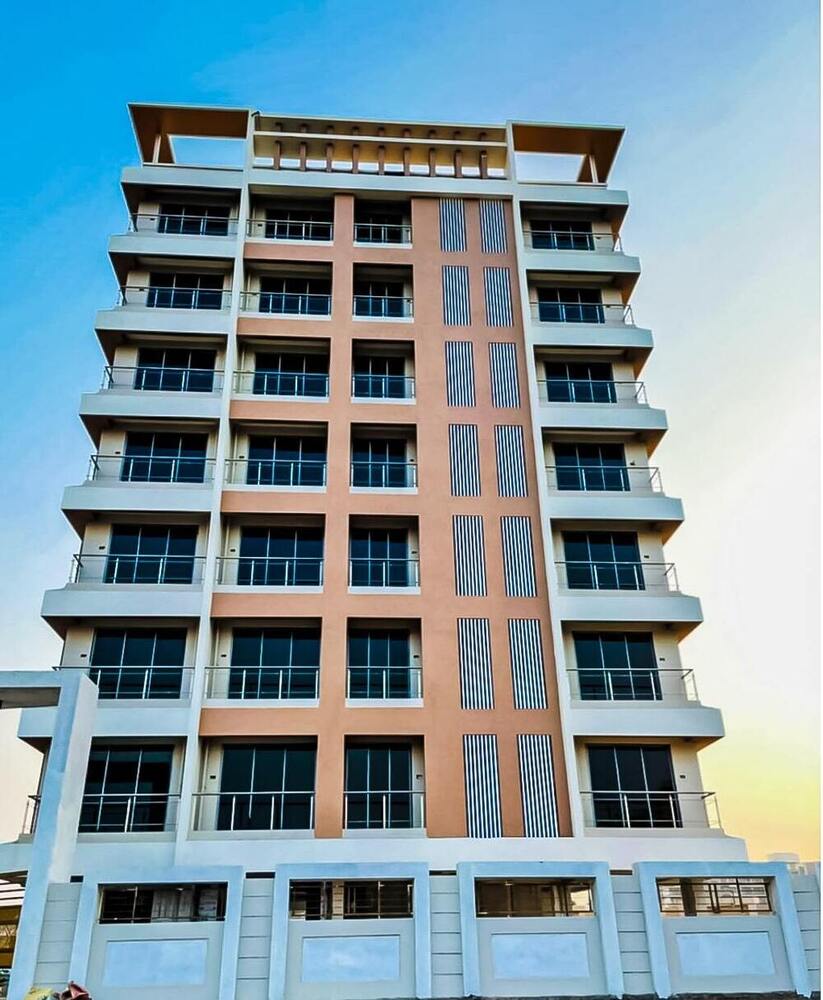

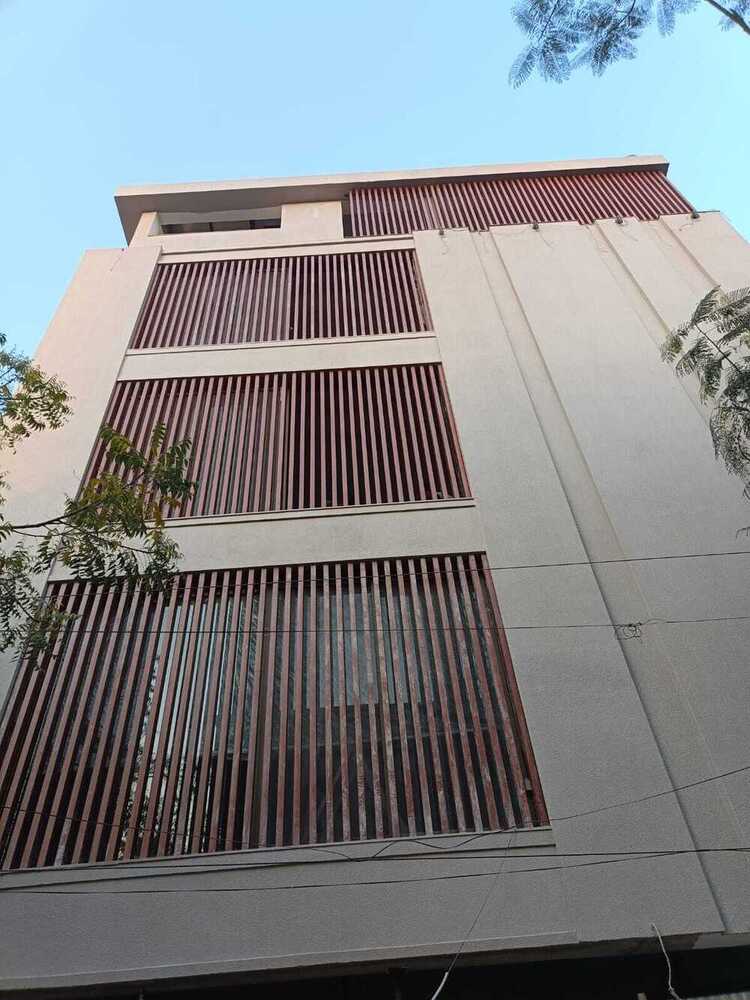
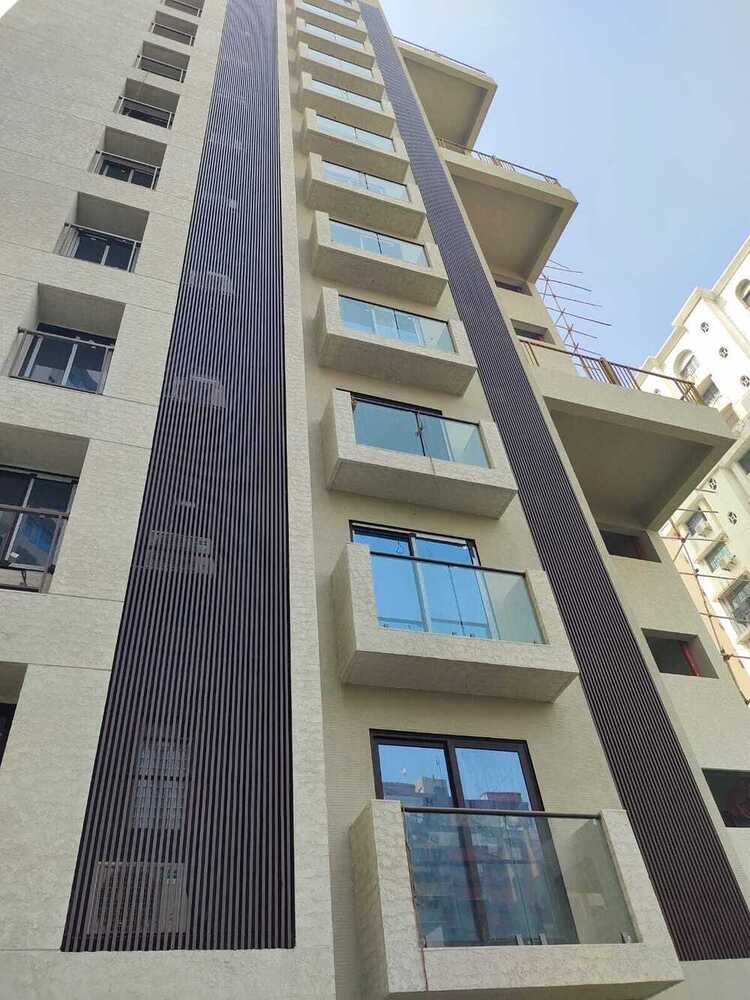
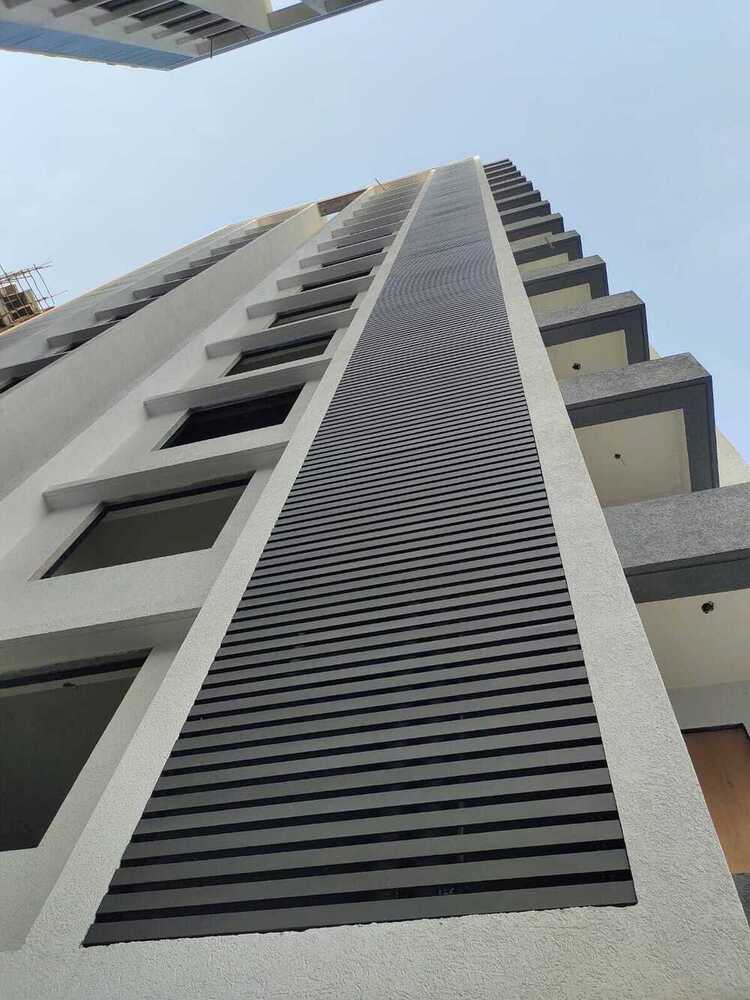
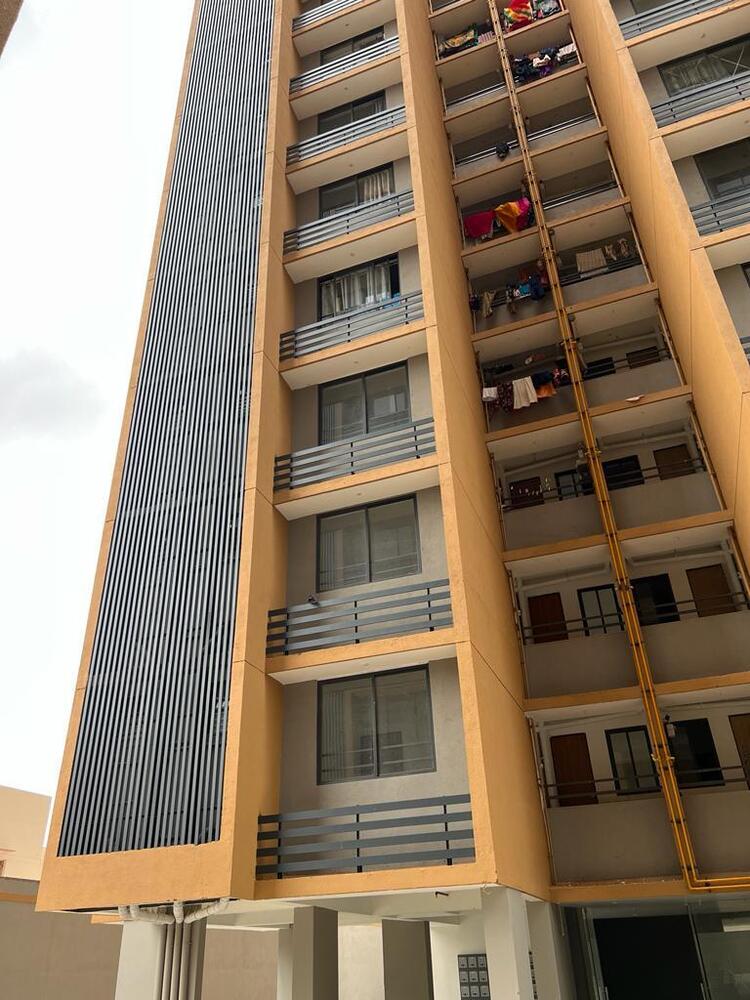

 English
English Spanish
Spanish French
French German
German Italian
Italian Chinese (Simplified)
Chinese (Simplified) Japanese
Japanese Korean
Korean Arabic
Arabic Portuguese
Portuguese